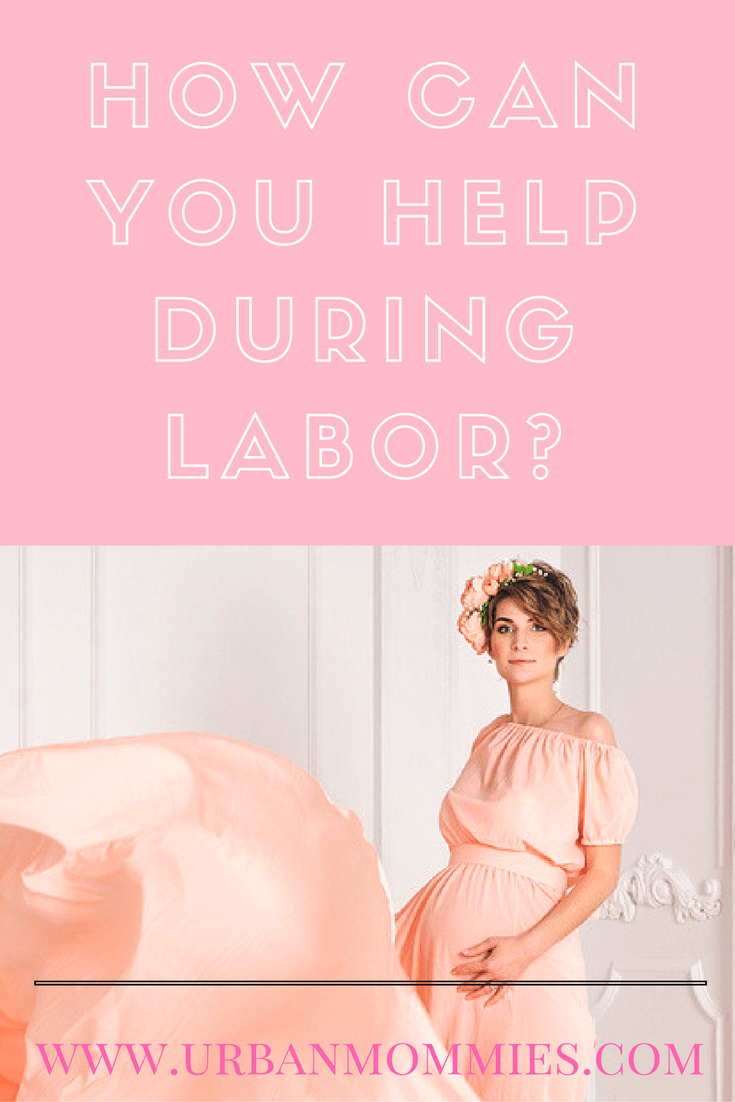SO many spouses and helpers ask how they can help during early labour. Often the pregnant woman gets irritated if her partner doesn’t know exactly what to do, and everyone ends up frustrated and stressed – which doesn’t help the birth process. Early labour is usually the longest phase of labour.
What’s happening in early labour?
– The cervix softens (ripens), begins thinning (effacing) and dilates to 3 cm.
– You may have show.
– 10-12% of women have their bags of water break at the beginning of labour
– Soft bowel movements increase
Often contractions are sporadic at the beginning of labour. Gradually they develop into a rhythm becoming longer, stronger, and closer together. Often they are quite short at the beginning (15 to 20 seconds) and they become longer as the labour progresses. The contractions begin, peak and end. They come like waves. The pain ebbs and flops with the contractions.
Physically you may feel some or all of these:
– A heaviness in your lower abdomen, like a period beginning
– Flu like
– An achy back
– Restless
– Contractions starting in your back and moving to the front
– Breaks between contractions that become shorter as the contractions become longer
– Able to talk and change positions during contractions throughout most of early labour
Emotionally, you may feel some or all of these:
– Excited
– Anxious
– Unable to concentrate
– Relieved it’s started
– Talkative
– Quiet
What to do to help yourself
– At the beginning, do activities (walking, watching movies, talking, reading) that distract you
– Continue activities that you enjoy
– Do activities that relax you (getting a massage, listening to music, being in a relaxing atmosphere)
– Rest. Sleep between contractions if you can
– Change positions
– Use yoga positions if you did prenatal yoga
– Sit/lean on an exercise ball
– Call your partner and other support people
– Call your care providers as arranged prenatally
– Learn the rhythm of your contractions
– Take “one contraction at a time”
– Eat light meals
– Drink, especially water
– Empty your bladder every 1-2 hours
– Begin use of your TENS machine if you chose it as a method of pain relief
– Put hot compresses or packs on your upper to lower uterus
– Use slow deep breathing when you need to focus
What your labour partner can do to help
– Do activities with her that distract her from the contractions
– Get her something to eat and drink
– Go for walks with her
– Help her to relax by massage, reading to her, encouraging her to laugh
– Remind her to use her TENS immediately
– Remind her to go to the bathroom every 1-2 hours
– Call her care provider(s)
– Help her find a ritual to use during contractions when they become consistent
– Put warm compresses on her lower uterus or on her neck




